2020年9月6日(日)まで高松市美術館にて、田中敦子さんの『電気服(1956年)』が展示・公開されています。電気が点灯可能な電気服は世界中でも高松市美術館にあるこの1点のみだそうで、世界中の美術館に貸し出し展示されている名品です。輸送とか大変だろうなと想像。今回の展示では、点灯する様子を26分ごとに30秒間ご覧いただけます。今回は撮影不可。
今回の展示では撮影不可なのですが(去年の展示では確か撮影可でした)、顔はめパネルのようにドレスの後ろに立って電気服を着ている様子を写真に撮れるようにしたらかなり話題になりそうな気がします。ぜひ今後、高松市のシティプロモーションとして実現してほしい。
高松市美術館コレクション+(プラス) 身体とムービング
日程:2020年7月23日(木・祝)~9月6日(日)
場所:高松市美術館(香川県高松市紺屋町10-4) [Google Map]
Body and Moving | TAKAMATSU ART MUSEUM
Date : July 23(Thu.),2020- September 6 (Sun.),2020
Place : TAKAMATSU ART MUSEUM (10-4 Konya town, Takamatsu city, Kagawa pref., Japan) [Google Map]
![【香川】高松市美術館所蔵『電気服』田中敦子さん - [TAKAMATSU ART MUSEUM] Electric Dress by Atsuko Tanaka](https://yousakana.jp/wp-content/uploads/2020/08/Electric-Dress-by-Atsuko-Tanaka-800x450.jpg)
ーーー
美術家の田中敦子(たなか あつこ)さんにより1956年(昭和31年)に発表された『電気服』。香川県高松市の高松市美術館に収蔵されています。この田中敦子さんの代表作が、NHKの『びじゅチューン!』で井上涼さんの音楽とアニメーションによって紹介されています。

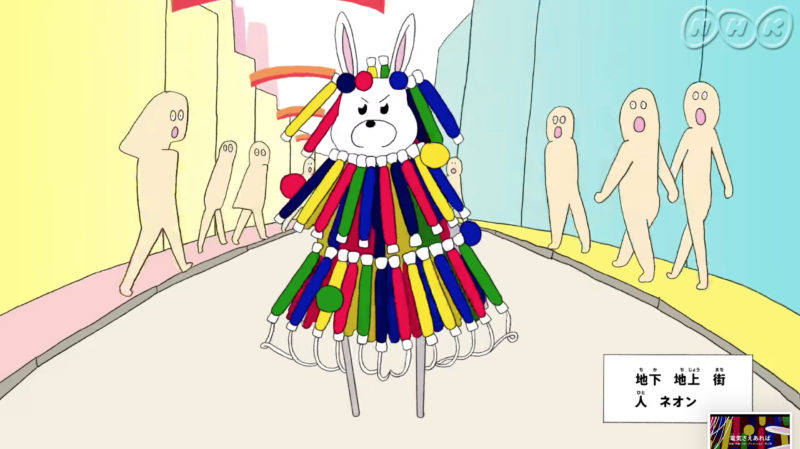



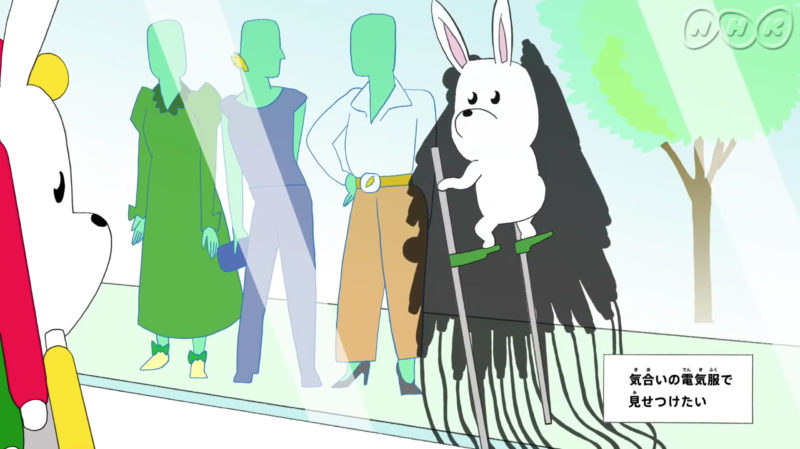
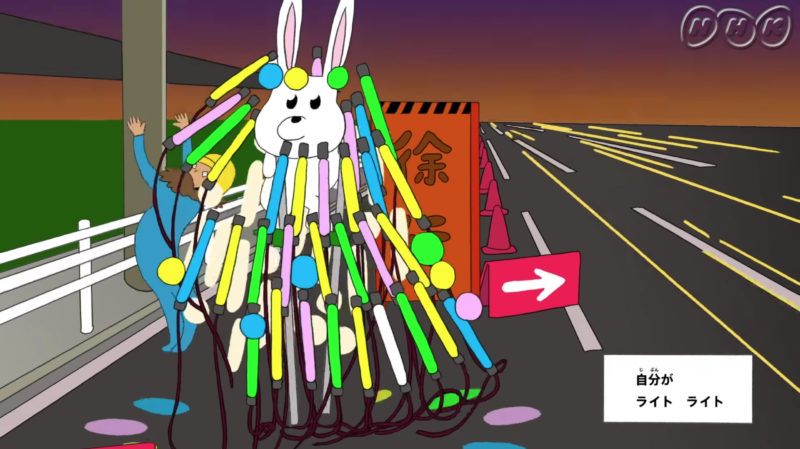
Atsuko Tanaka (artist) – Wikipedia
Atsuko Tanaka (February 10, 1932 – December 3, 2005) was a pioneering Japanese avant-garde artist. She was a central figure in the Gutai Art Association, although her painting and performance art received relatively little international attention until the early 2000s, when she received her first solo show.
Tanaka participated in both the 1st and 2nd Gutai Art Exhibitions in 1955 and 1956, presenting her iconic works Work Bell (1955), Work (Yellow Cloth) (1955), and Electric Dress (1956).
Her best-known work is the performance piece, Electric Dress from 1956. Documentation of this piece shows Tanaka, with only her face and hands visible, clothed in a veil-like garment made of close to 200 hand-painted lightbulbs. Here, the work lights up sporadically, giving off the sensation of an alien-like creature and, according to Tanaka, “blinks like fireworks.” According to the Gutai artists, Tanaka’s work symbolized post-war Japan’s rapid transformation and urbanization. She had noticed the trepidation when she had worn it and flipping the switch: “I had the fleeting thought: Is this how a death-row inmate would feel?” In 1950s, people recognize and distinguish gender difference from the surfaces of clothing. However, Tanaka’s work was an attractive design that did not distinguish between for male or female on the surface of the clothing. Although Gutai was ahead of the times, her artistic ability was evaluated through the recognition that she is a woman. For instance, another member of Gutai, Shozo Shimamoto said “Among these few examples of avant-garde art, Tanaka’ s work has taught me about an aesthetic sensitivity that I did not have, especially an alternate possibility of rigorous beauty that can be created from womanly sweetness and frailty. They were a great influence on me.” Some reviewers criticized that a factor of her success is because her unwomanly and dynamic style.
In the 2000s, Tanaka’s works were featured in numerous expositions in Japan and abroad, including at the Kyoto National Museum of Modern Art, the Nagoya Gallery HAM, the New York Grey Art Gallery and Paula Cooper Gallery as well as at the Galerie im Taxispalais in Innsbruck. The Grey Art Gallery focuses on Tanaka’s Gutai period and also includes a video and documentation of the movement plus a reconstructed version of Electric Dress. In 2005, the University of British Columbia’s Morris and Helen Belkin Art Gallery in Vancouver mounted a major exhibition of Tanaka’s work entitled “Electrifying art: Atsuko Tanaka, 1954-1968”. Electric Dress and other works were on display at the 2007 documenta 12 in Kassel.
Atsuko Tanaka’s work is included in a number of internationally important public collections, including that of the Museum of Modern Art, MOMA,in New York. MOMA’s online collection (see external links) features a large, untitled 1964 Tanaka work (synthetic polymer paint on canvas). Nearly 12 feet (3.7 m) tall and over 7 feet (2.1 m) wide, this piece, according to MOMA’s online description, “evolved from Tanaka’s performance Electric Dress”, and “vividly records the artist’s gestural application of layers and skeins of multicolored acrylic paint on the canvas as it lay on the floor.”
田中 敦子(たなか あつこ、本名:金山敦子(かなやま あつこ)、1932年 – 2005年12月3日)初期具体美術協会メンバーの美術家。草間弥生、オノヨーコに並ぶ偉才と評された。
1956年(昭和31年)、電球と管球を組み合わせ明滅する光の服に見立てた「電気服」(高松市美術館が再制作品を所蔵)を発表。翌年の1957年(昭和32年)、大阪市の産経会館で開催された「舞台を使用する具体美術」展で、田中は実際に舞台で着用しパフォーマンスをし、話題を集めた。
田中の最も有名な作品は、「電気服」(1956年)である。それは電線と電球色の電球からなるブルカのような衣装の作品であり、彼女は展覧会でそのドレスを着ていた。「電気服」の着想は、ネオンライトで照らされた医薬品広告からであり、かさばった外観は身体の回路でもあり衣装のようでもある。この作品はまばらに点灯し、エイリアンのような生物の感覚を放つ。そして田中は「花火のように点滅する」と言う。具体のアーティストによると、田中の作品は戦後の日本の急速な変化と都市化を象徴している。田中が初めて「電気服」を着たとき、彼女の顔と手だけが見えた。 彼女は作品を身に着け、スイッチをつけた時に恐怖に気が付いた:「私はふと考えた。これは死刑囚のようではないか?」。
田中敦子の作品は、国際的に重要とされているニューヨーク近代美術館(MOMA)などでパブリックコレクションされている。
NHKサイトで全作公開中!
どーがレージ
発想の源は、田中敦子「電気服」(高松市美術館所蔵)。色とりどりの電球でつくったこの作品で印象的なのは、点灯している時(実際に電気をつけることができるのです!)といない時のドラマチックな差。点灯すれば、主役になれること間違いなし。でもコンセントがない街なかだとパワーが十分に発揮できない!「どこだ!」と電源を探してさまよう、「電気服」を身につけた人のストーリーを歌います。【放送情報】
NHK Eテレ(水)夜7:50~
「びじゅチューン!」「びじゅチューン!」は、世界の「びじゅつ」を歌とアニメで紹介する番組です。むずかしい説明なし。美術作品をテーマにしたオリジナルの曲が、ユニークなアニメーションと共にヘビロテされます。作詞・作曲・アニメ・歌すべてを手がけるのは、アーティストの井上涼さん。ポップな絵、奇想天外な歌詞、忘れられないメロディーが、あなたのハートをわしづかみにします!
このまえEテレ「びじゅチューン!」で紹介した石田敦子『電気服』は香川県の高松市美術館https://t.co/yVfT8fZjcQで所蔵されています。いつでも見られる訳ではないのですが、いま12月22日まで公開されています〜。
びじゅチューン!のやつはこれ👇https://t.co/UT6G2PEEaq pic.twitter.com/13hKdOJeCy
— 井上涼 INOUE Ryo (@kitsutsukijanai) December 3, 2019


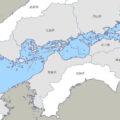
![【香川】春日川の川市 – [Kagawa] River market of Kasuga river](https://yousakana.jp/wp-content/uploads/wordpress-popular-posts/49605-featured-120x120.jpeg)














![【高知】魚を守る道、アイスハーバー型らせん魚道 – [Kochi] Ice Harbor type spiral fishway](https://yousakana.jp/wp-content/uploads/wordpress-popular-posts/50244-featured-120x120.jpeg)

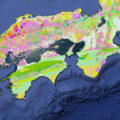



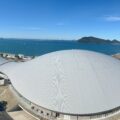


![【香川 8/2-10】サンポート高松の夏の風物詩『真夏の夜の夢』 – [Kagawa 2-10 Aug.] Setouchi Summer Festival](https://yousakana.jp/wp-content/uploads/2023/07/Setouchi-Summer-Festival_01-150x150.jpg)


![【香川】20種・1500株のあじさい。花の寺『勝名寺』 – [Kagawa] Flowery Shōmyōji temple](https://yousakana.jp/wp-content/uploads/2018/06/shomyoji-temple-ajisai-150x150.jpg)
![【香川】仏生山 来迎院 法然寺(ほうねんじ) – [Kagawa] Houenji Temple, Raigoin, Busshozan](https://yousakana.jp/wp-content/uploads/2024/06/panorama_honenji-temple_busshozan-03-150x150.jpg)

![【5/27生まれ】那須与一のコボちゃん。香川育ちの漫画家・植田まさしさん – [Born 27 May] Kobo-chan, Nasu Yoichi. Masashi Ueda, manga artist who grew up in Kagawa.](https://yousakana.jp/wp-content/uploads/2023/05/kobochan_stone-museum-150x150.jpeg)
![【香川】いい香り、港の小さな薔薇園 – [Kagawa] Small rose garden at Takamatsu port.](https://yousakana.jp/wp-content/uploads/2019/05/rose-garden-takamatsu-150x150.jpg)
![【香川】つつじのトンネル。仏生山公園 – [Kagawa] Azalea tunnel, Bussyouzan Park](https://yousakana.jp/wp-content/uploads/2023/05/Busshozan-park-150x150.jpeg)

![【高知 毎年2月11日】土佐の三大祭り『秋葉祭り』 仁淀川町 – [Kochi Feb. 11th ] Akiba Festival of Niyodogawa town](https://yousakana.jp/wp-content/uploads/2017/02/akibafestival_kochi-800x536.jpg)

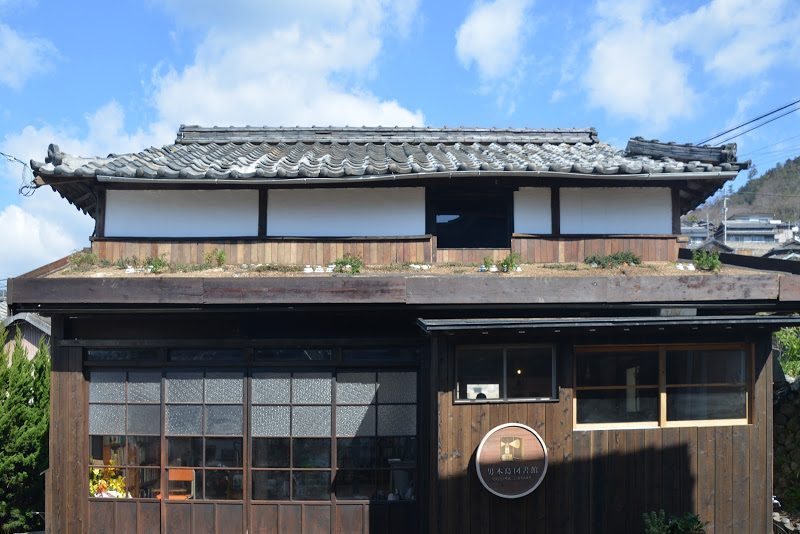
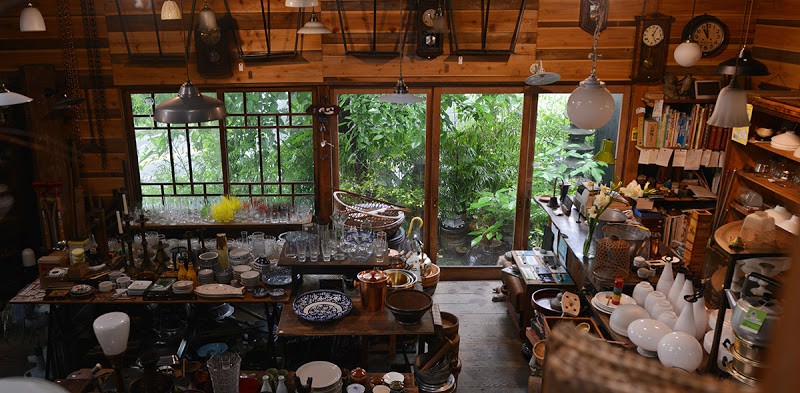
![【徳島 公共建築百選】増田友也設計『鳴門市文化会館』 – [Tokushima: 100 public buildings] “Naruto City Cultural Hall” designed by architect Tomoya Masuda](https://yousakana.jp/wp-content/uploads/2022/06/Naruto-City-Cultural-Hall-800x506.jpg)
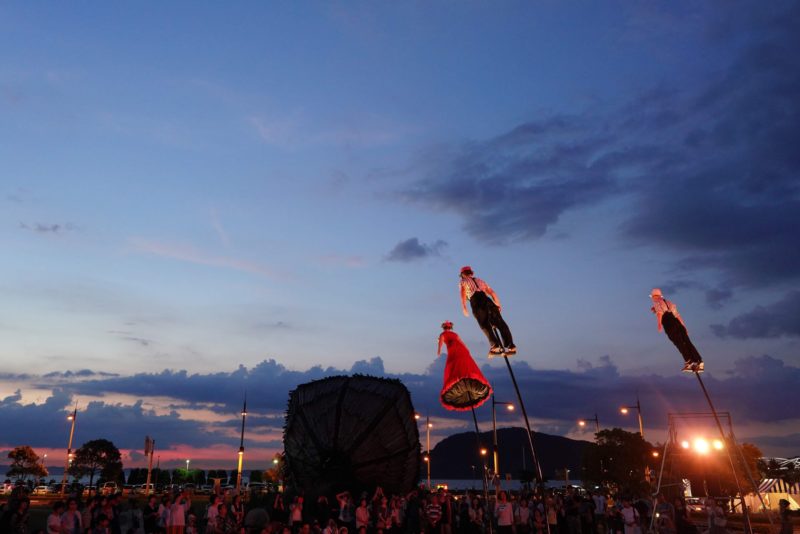



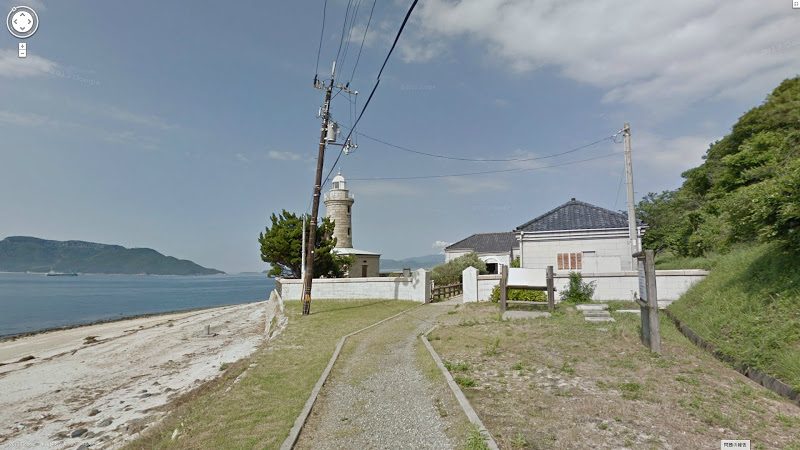


![【香川】豊中町水源地の給水塔 – [Kagawa] Toyonaka Town Water Tower](https://yousakana.jp/wp-content/uploads/2021/12/Toyonaka-Town-Water-Tower-800x534.jpeg)



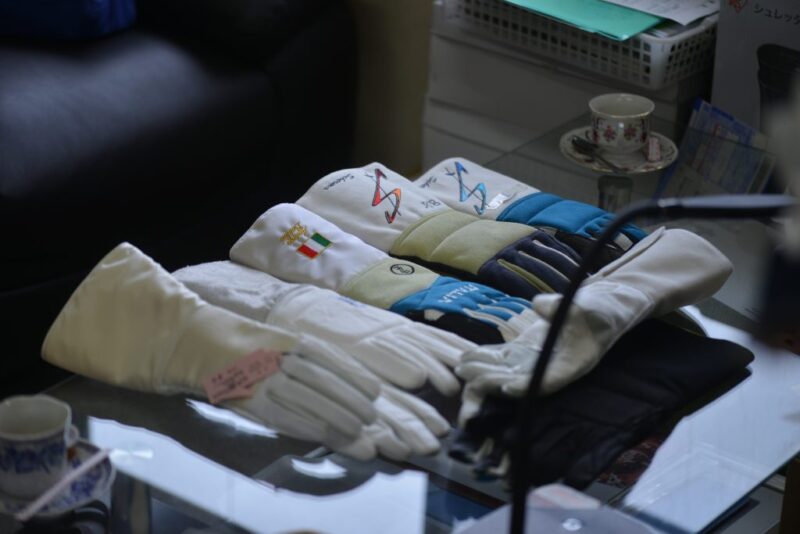

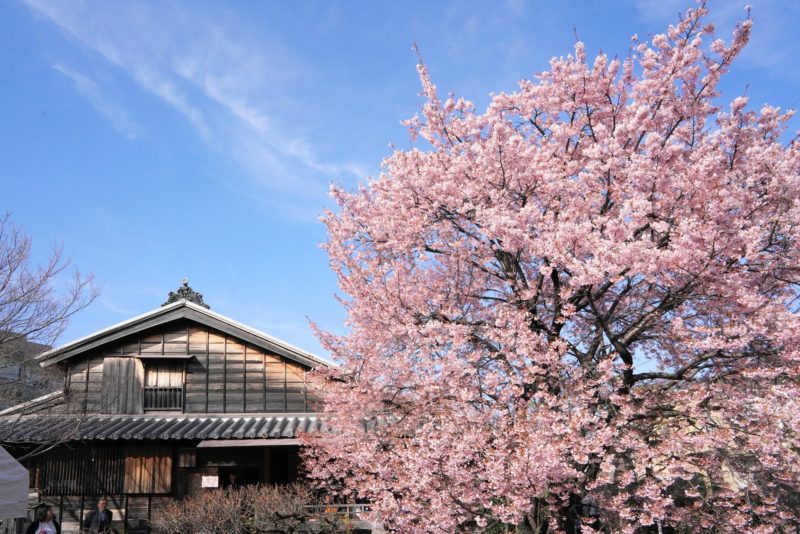


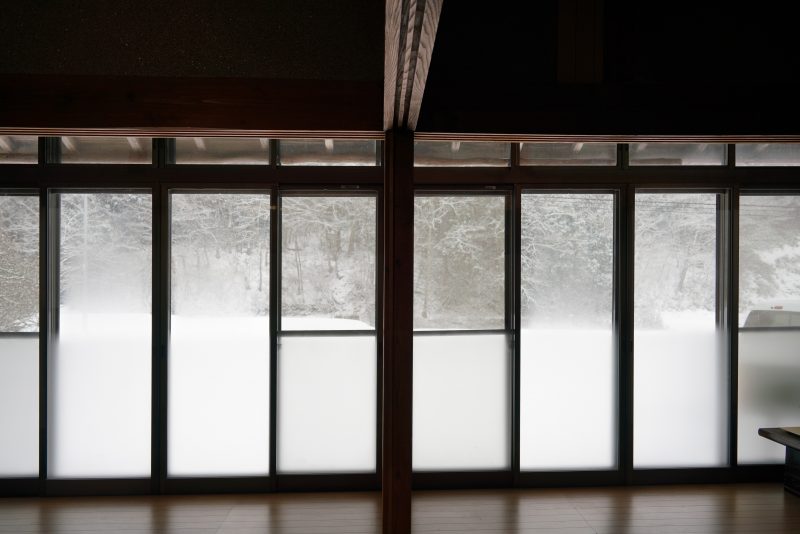

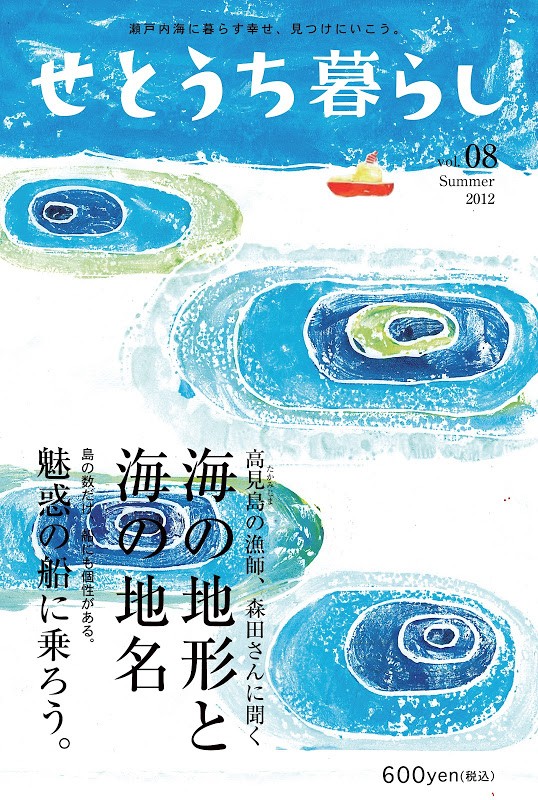

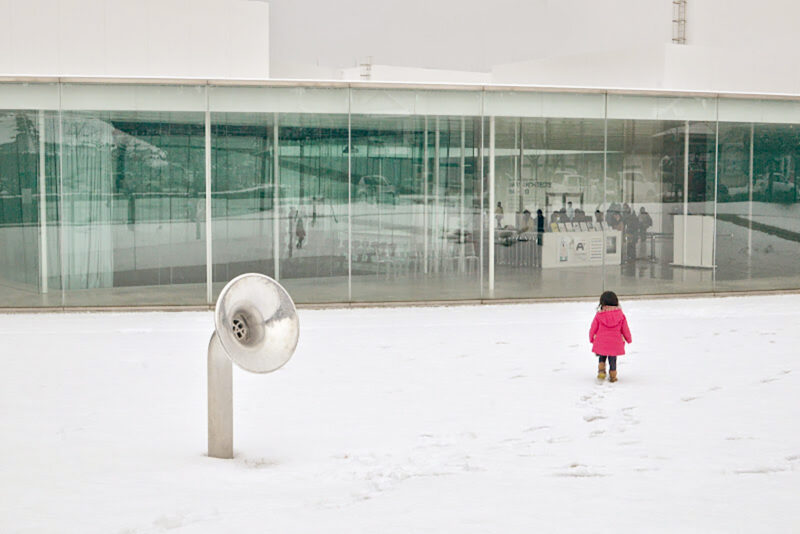

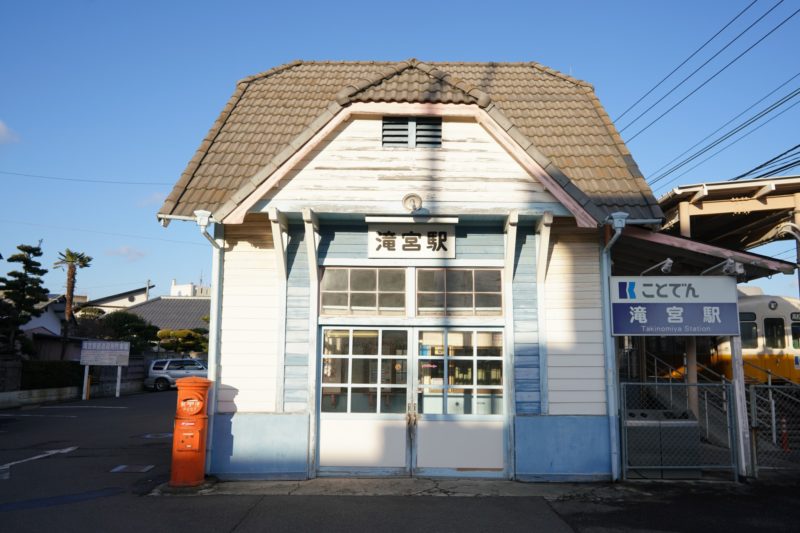
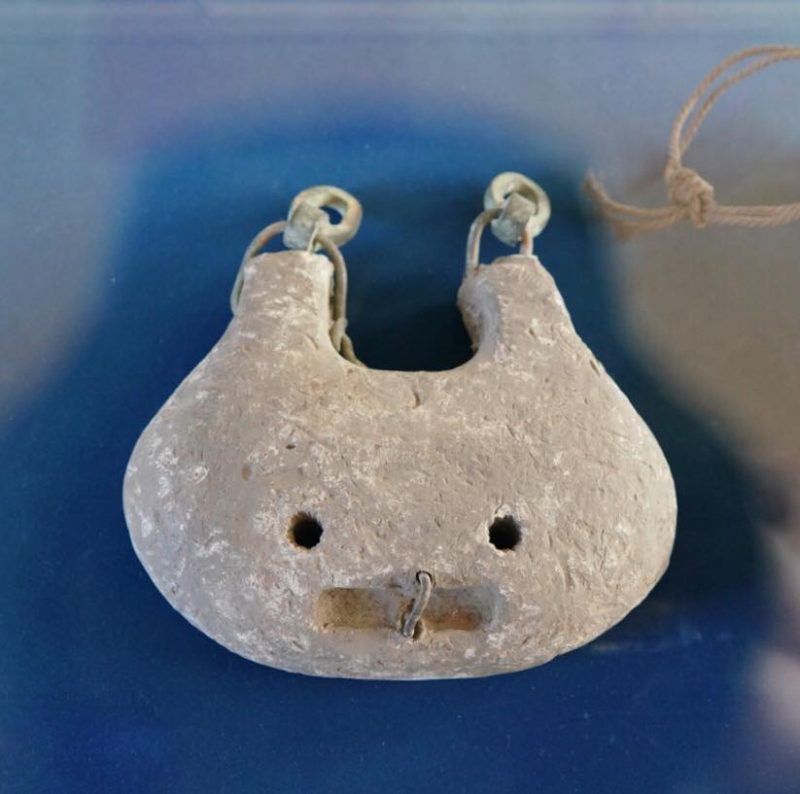









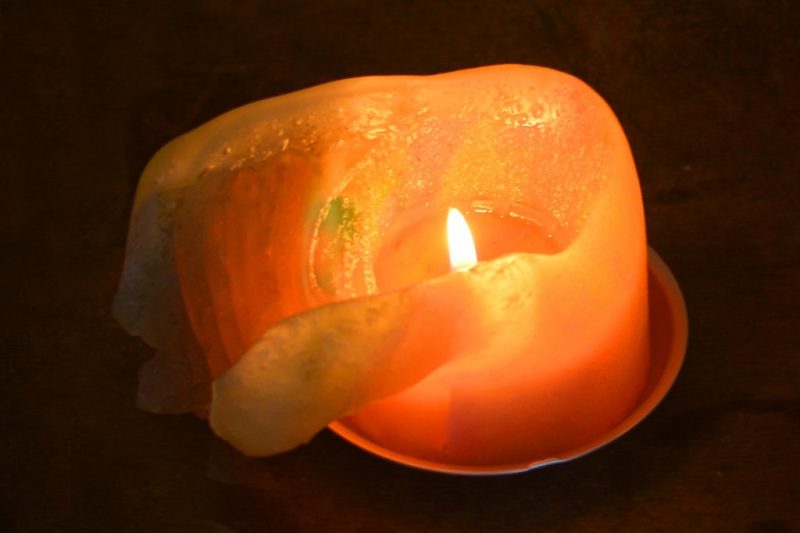



![【淡路島】丹下健三設計『戦没学徒記念 若人の広場』 – [Awajishima island] “Memorial of War Dead Students, Youth Plaza” designed by architect Kenzo Tange](https://yousakana.jp/wp-content/uploads/2015/10/DSC_1676-800x534.jpg)
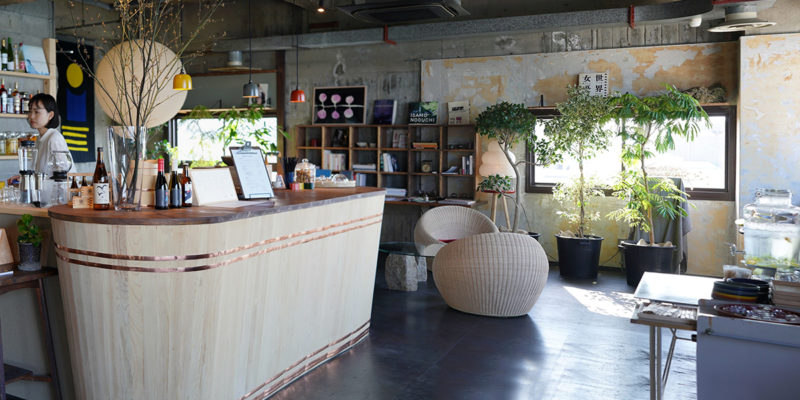
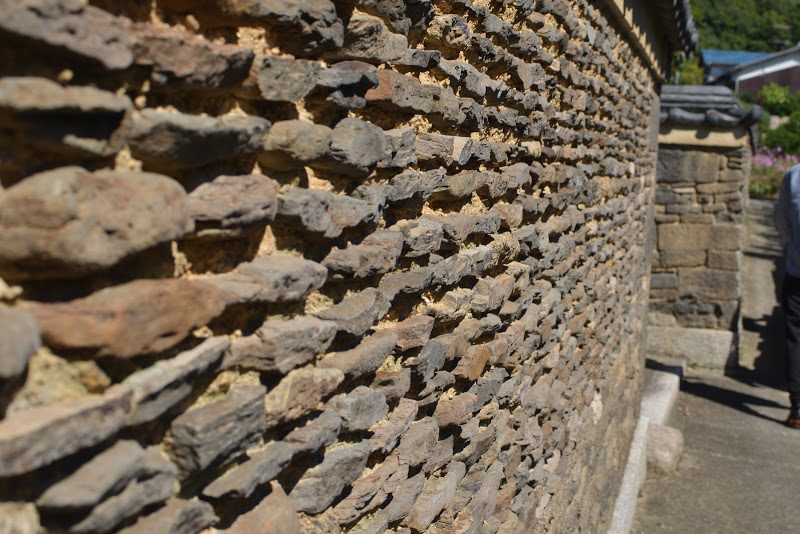

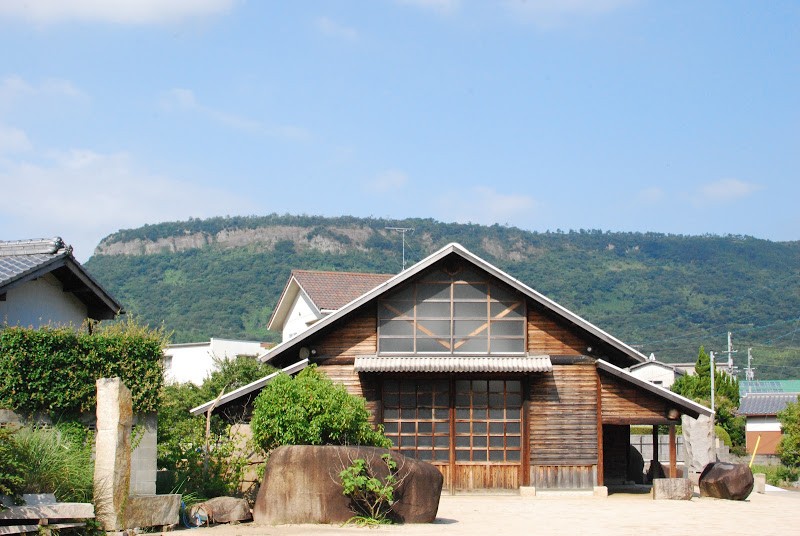
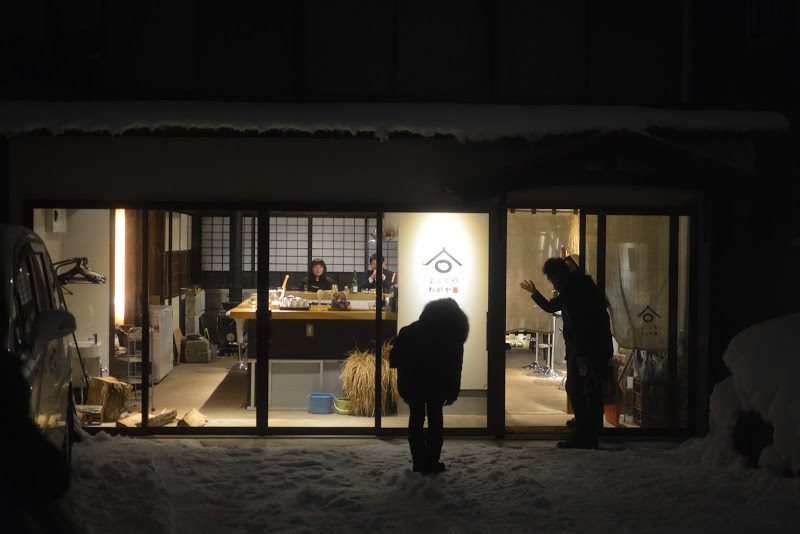
![【香川】植物学者 三木茂さんと『メタセコイア』 – [Kagawa] Discovery of the fossil genus Metasequoia 1941 by Botanist Shigeru Miki](https://yousakana.jp/wp-content/uploads/2021/03/Metasequoia_tree_miki_kagawa_00-800x533.jpg)

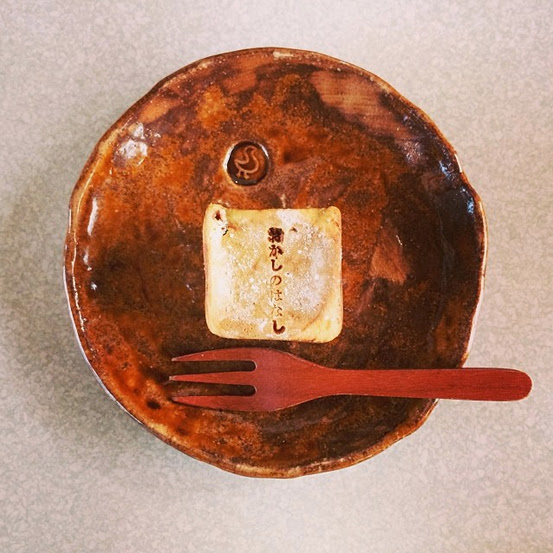



![【閉店】あんもち雑煮。甘味茶寮 ほとり – [Closed] Japanese tea and sweets “Hotori”](https://yousakana.jp/wp-content/uploads/2019/12/hotori_japanese-tea-and-sweets-800x534.jpg)
![【閉店】創業60年の老舗のうどん屋「谷川製麺所」が閉店 – [Close Dec. 30th] Tanigawa noodle‐making factory at Kagawa](https://yousakana.jp/wp-content/uploads/2014/12/shippoku-udon-800x534.jpg)

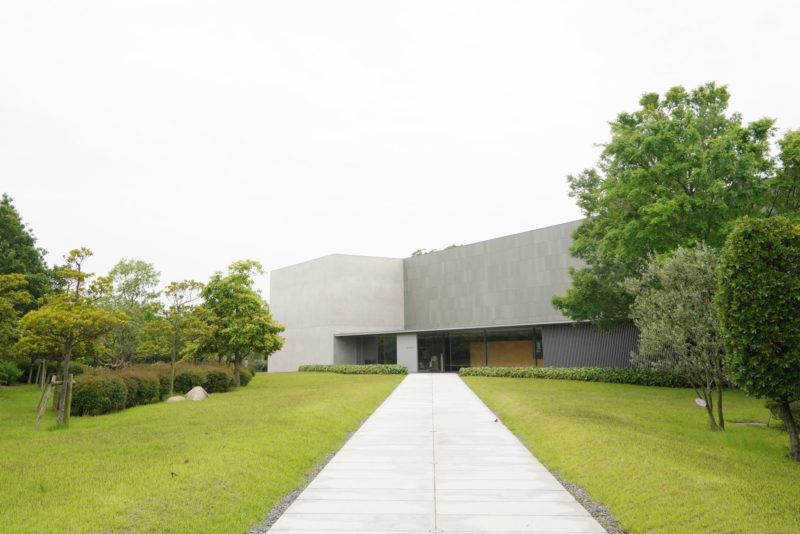
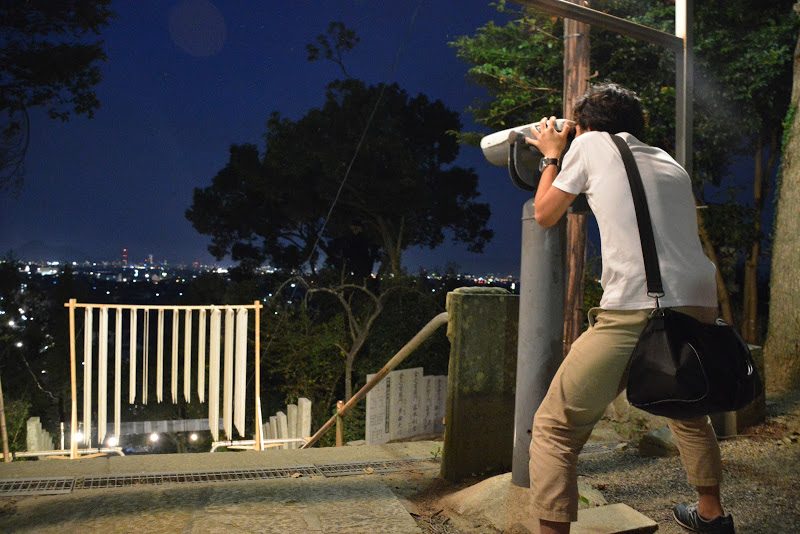
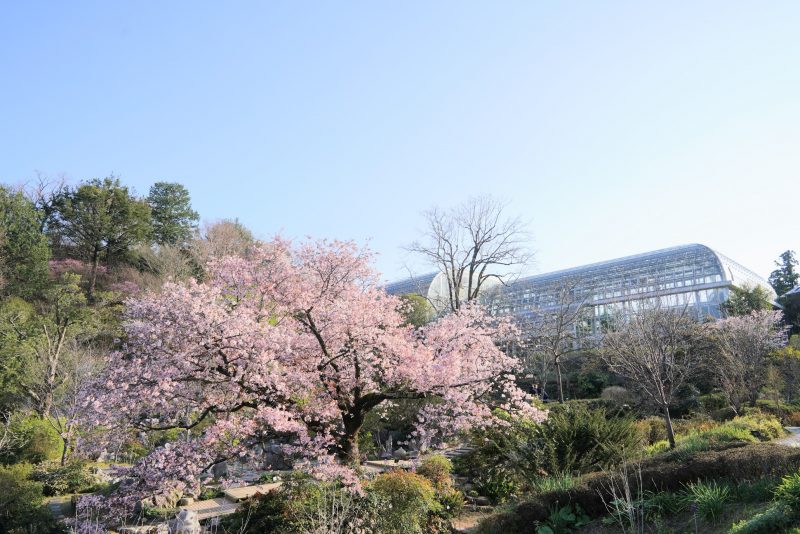



![【香川】花崗岩の採石で栄えた小さな島、小与島(こよしま) – [Kagawa] Koyoshima island](https://yousakana.jp/wp-content/uploads/2020/08/koyoshima-island-800x534.jpg)
![【高知】夜の牧野植物園 – [Kochi] Night botanical garden of Makino](https://yousakana.jp/wp-content/uploads/2016/08/nightmakino-800x536.jpg)
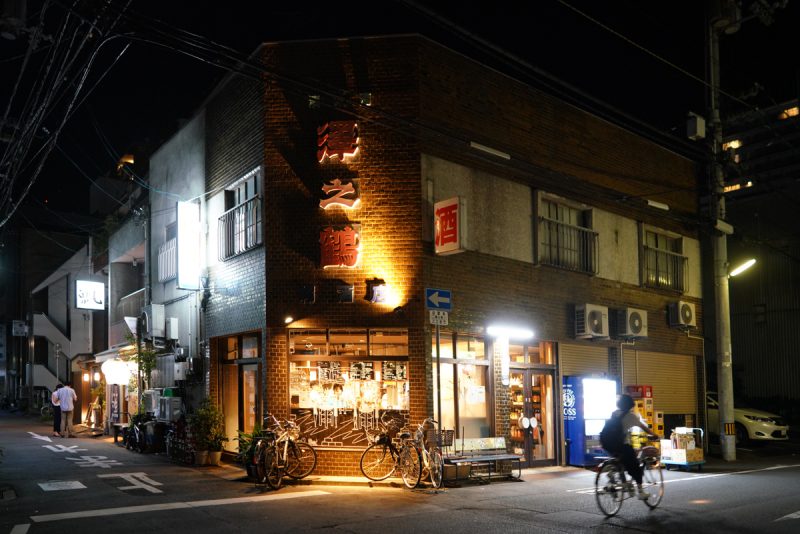

コメントを残す